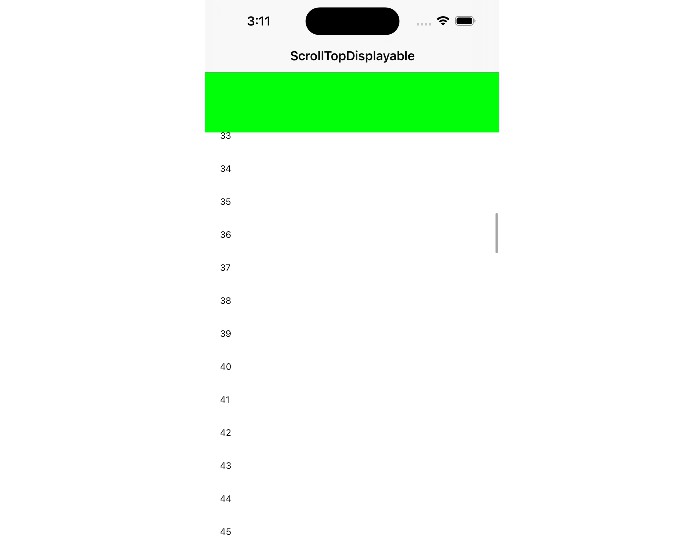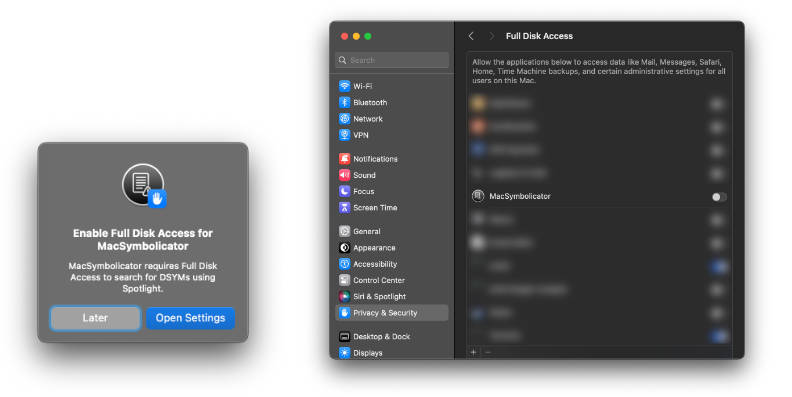CubicSpline
A performant cubic spline.
Usage
import CubicSpline
import CubicSplineUI
let points:[SIMD2<Double>] = [[0.0,0.9],[0.3,1.0],[0.7,0.0],[0.9,0.6],[1.4,0.6],[2,1.0]]
let spline = CubicSpline(points:points)
Create a SwiftUI view like this:
SplineView(spline:spline)
This view will stretch the spline to fit the available space. If that is not do exactly what you want, you can obtain a path from the spline :
let path = spline.path
This path will be at the same coordinate system as the points used to create the spline. You can then transform the path as needed and construct your own shape.
The spline is callable, with a value in the range 0…1 :
let u = spline(t: 0.1)
You can get an array of cubic curves, which are also callable in the range 0…1:
let curve = spline.cubicCurves.first!
let v = curve(t: 0.5)
Performance
$O(n)$
CubicSpline uses the Accelerate framework (or LAPack on Linux) to speed up the linear algebra. Building a spline with 10 000 points takes 0.02 s on a M1 Max Mac Pro.
Linux
I have not tested on Linux yet, but it should work. You will need install LAPack:
sudo apt-get install liblapacke-dev
Note that CubicSplineUI is not available on Linux, as it requires SwiftUI.
References
https://mathworld.wolfram.com/CubicSpline.html







